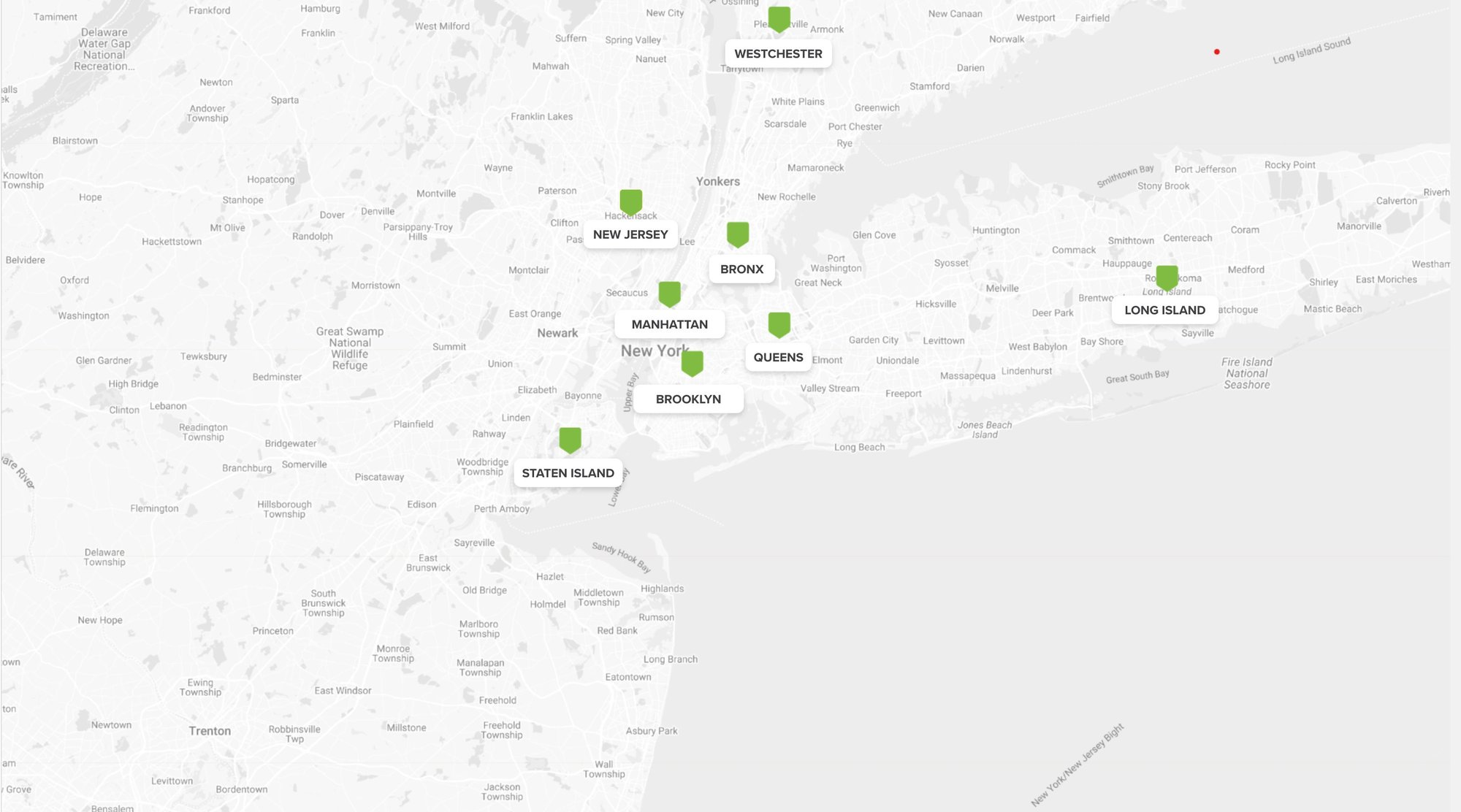Maximize Efficiency with Energy Audits & Modeling
Uncover energy savings, ensure compliance, and optimize your building systems for peak performance.
Energy Auditing
What is Energy Auditing and Why Does it Matter?
Energy audits identify inefficiencies in your building's energy use and provide actionable insights for improvement. Our energy modeling takes it a step further—using simulations to predict savings and optimize performance.
At ACS, we help you:
Cut energy costs and reduce waste.
Comply with NYC Local Law 97 and other energy mandates.
Plan for smarter upgrades with precise energy models.

Our Energy Audit Process
Our Proven Process for Energy Audits & Modeling
Initial Assessment
We evaluate your building’s energy usage and systems on-site.
This step identifies inefficiencies and sets a baseline for improvements.
Detailed Audit
In-depth analysis of HVAC, lighting and controls.
We uncover energy waste and areas needing optimization.
Energy Modeling
Simulate energy-saving scenarios.
Predict cost savings and system performance with advanced tools.
Actionable Plan
A customized roadmap for efficiency.
Clear, prioritized steps to optimize energy use and meet compliance goals.
Why Partner with ACS for Energy Audits?
At ACS, we combine decades of expertise with advanced tools to deliver energy solutions that save you money, improve building performance, and ensure compliance. Our team focuses on actionable results tailored to your unique needs.
Proven Expertise
20+ years in building automation and energy optimization.
Compliance Focus
Ensure Local Law 97 and LEED standards compliance.
Tailored Solutions
Energy modeling built specifically for your building needs.

Take the First Step Toward Smarter Building Automation
Unlock energy savings, improve comfort, and streamline operations with tailored automation solutions.
Ready to optimize your building systems? Fill out the form below, and one of our experts will get in touch to:
- Assess your building’s current systems.
- Identify opportunities for savings and efficiency.
- Provide a customized plan to meet your needs.
Areas We Serve

*Service areas include Manhattan, other boroughs (Brooklyn, Queens, Bronx, Staten Island), Long Island, Westchester, and select locations in New Jersey.



